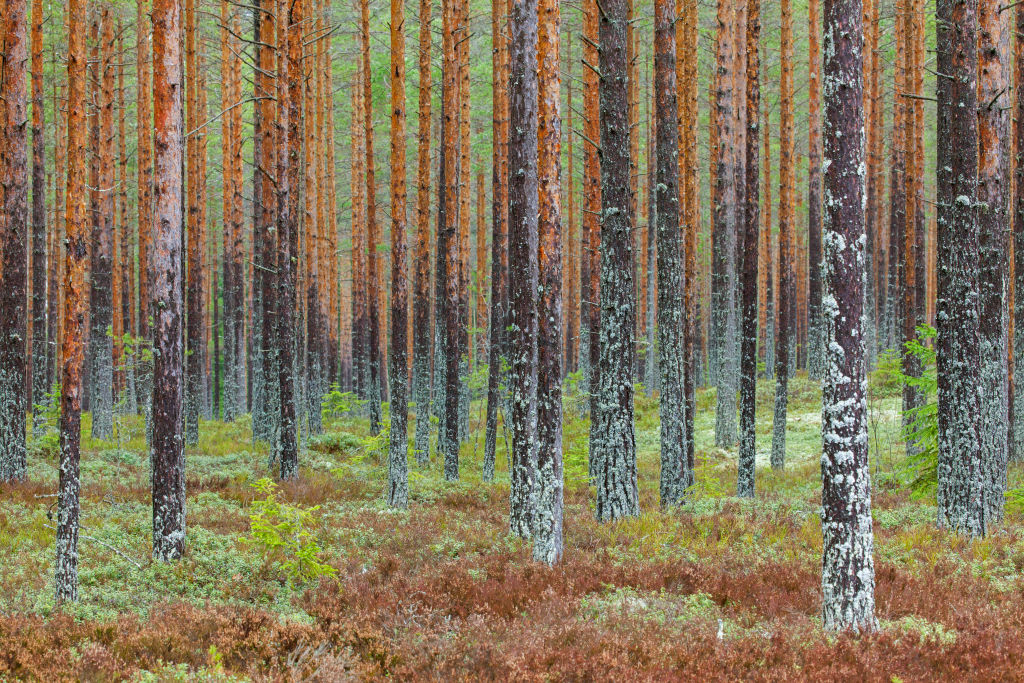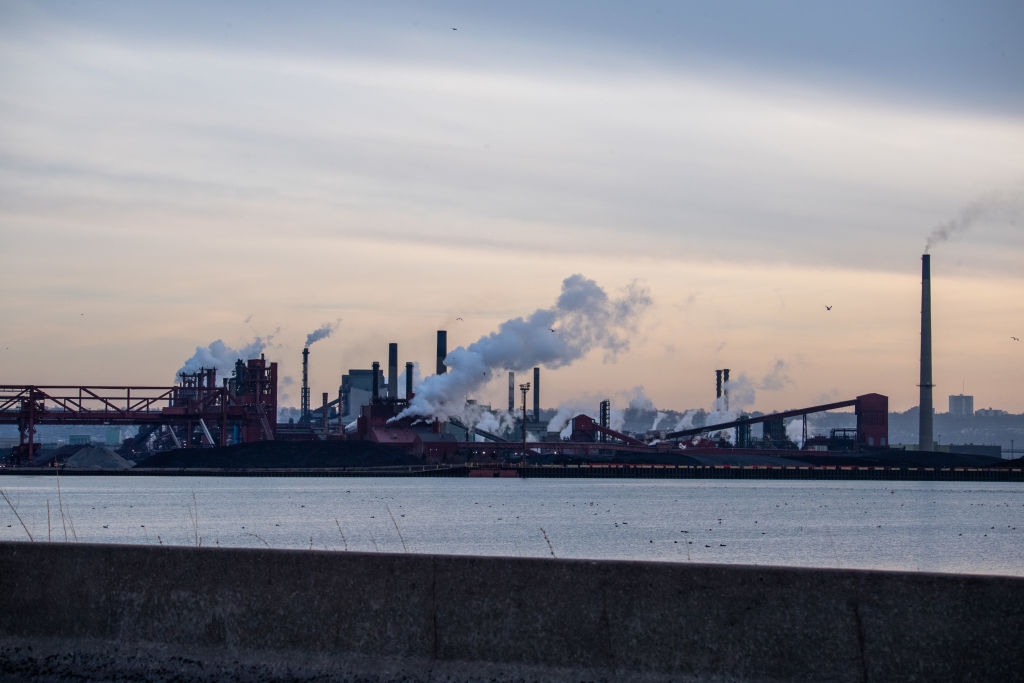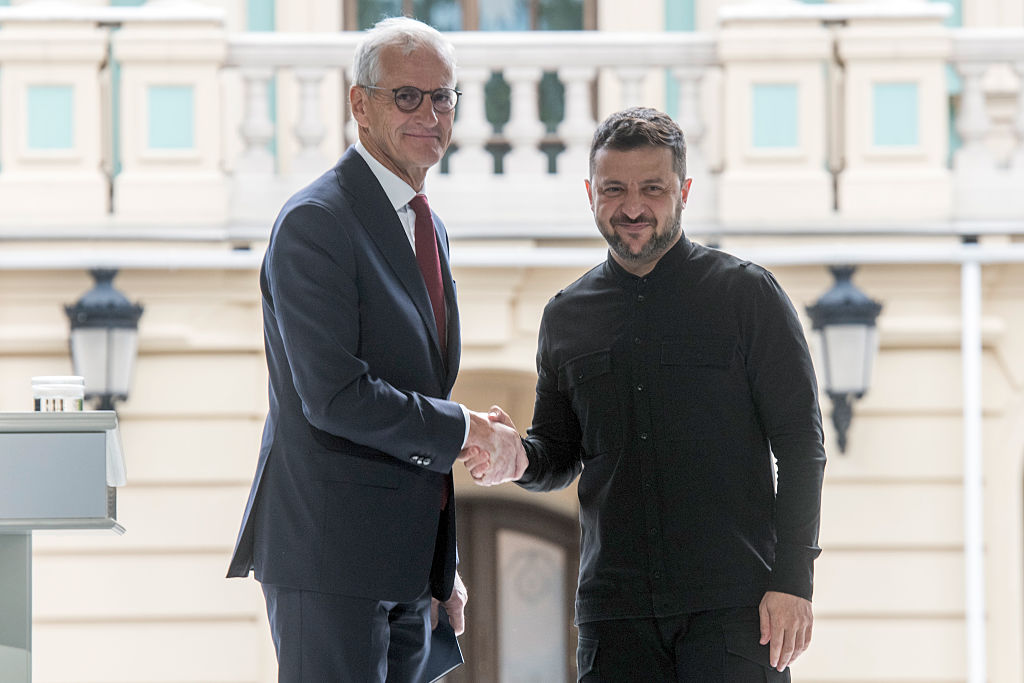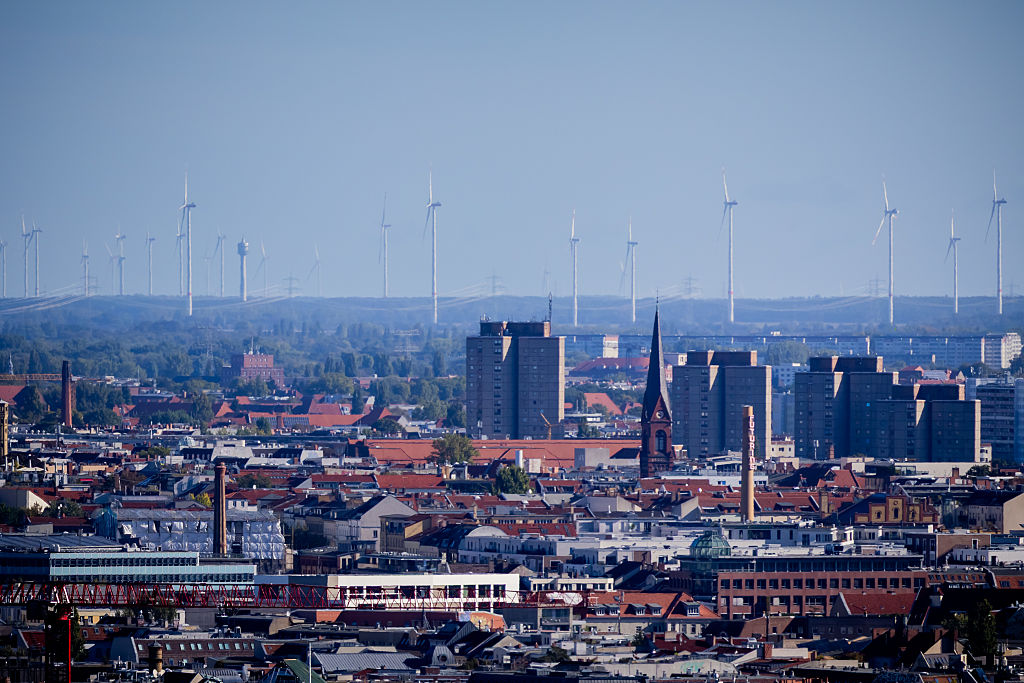Welcome to the day of reckoning for EU climate ambition
The EU is on the cusp of agreeing its most messy climate target yet
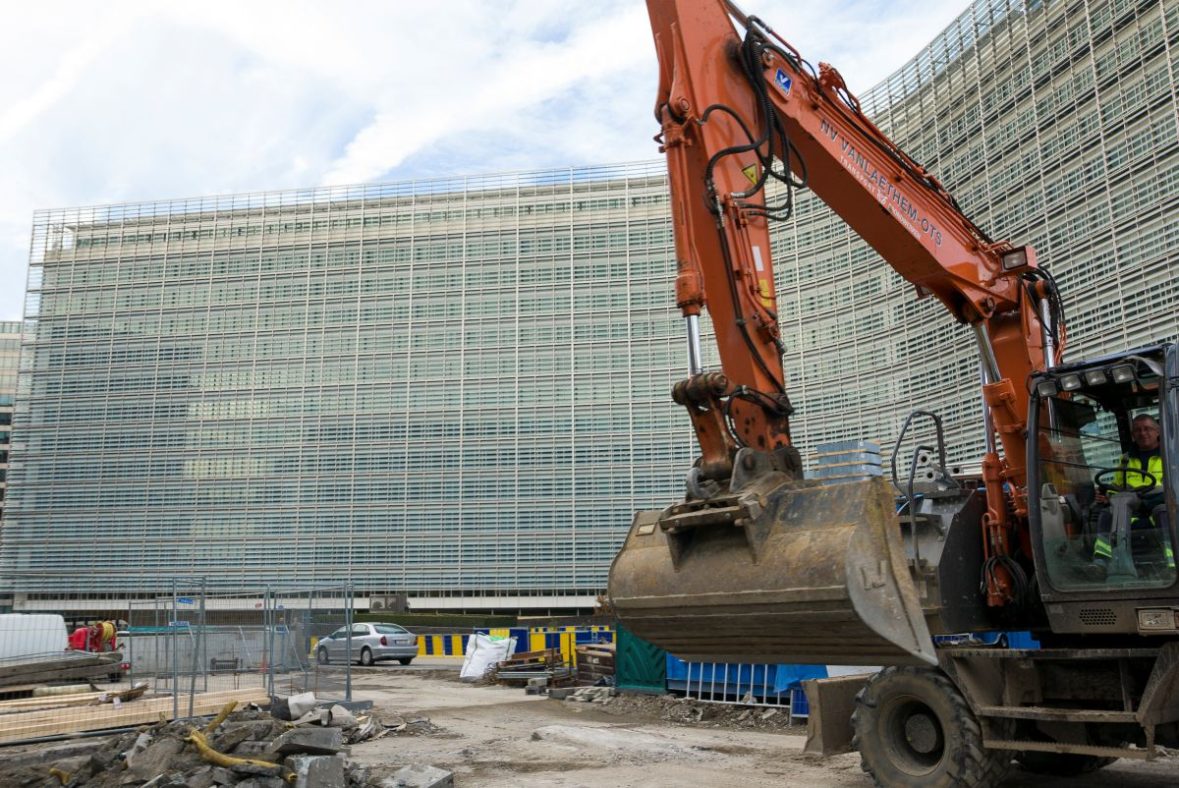
With Europe divided over whether the key to curing the continent’s industrial malaise is to double down on the energy transition, revert Trump-style to fossil fuels or go all-in on nuclear power, environment ministers look set to cook up a classic Brussels fudge today.
With the Commission determined to push through a target to cut greenhouse gas emissions to a mere tenth of 1990 levels by the end of the next decade, national delegates have created – through weeks of febrile negotiations – a ramshackle potential deal with a smorgasbord of sweeteners confected to meet national tastes.
In 2024, European Commission President Ursula von der Leyen vowed to defend a 90% climate target for 2040 en route to net-zero a decade later. According to the EU’s climate advisers, such rapid CO2 cuts are the minimum needed to arrest global warming at 1.5 °C above pre-industrial levels.
However, in 2025 it became clear that a substantial number of EU countries were unlikely to take that level of ambition lying down – forcing the Commission to first delay the proposal and then water it down.
After months of negotiations, what started as a sleek 2-page proposal to amend the EU Climate Law has increased in size sixfold. Today, when environment ministers meet, the page number may grow yet larger.
Outsourcing
“What we are trying to achieve here is a compromise founded in the muddy, messy, nasty real world out there,” said one senior EU diplomat on Monday.
To get there, Denmark, which currently chairs ministerial meetings, has had to pave the way towards outsourcing a lot of EU’s climate action to the developing world – in effect, Europe could continue emitting CO2 and pay developing countries to plant trees or go for solar rather than oil to balance things out.
Then they included the French proposal to slash targets when forests store less CO2 than anticipated. Estimates already suggest that Europe’s forests, peat bogs and soils will sequester 90 million tonnes of greenhouse gases less than envisioned.
Italy, France and Poland have expanded the text by insisting the climate target be reviewed every two years, and be changed if things prove too costly. Then came non-binding provisions recognising various concerns over industrial competitiveness, energy security and agriculture.
All this in order to persuade at least 15 countries representing 65% of European citizens to back the legislation, as required under the EU Council’s weighted voting system.
“This climate law is completely irrelevant if you can’t meet the threshold for a qualified majority,” that same diplomat said. “It will be imperfect, but the alternative would be no result.”
Or as another senior diplomat put it: “It’s maybe not the most beautiful legislation, but I think both sides have their needs in there.”
To borrow from fiction: “It looked as though it had once been a large stone pigpen, but extra rooms had been added here and there until it was several stories high and so crooked it looked as though it were held up by magic” – the Burrow, home to a certain ginger-haired family.
(rh, sma)
